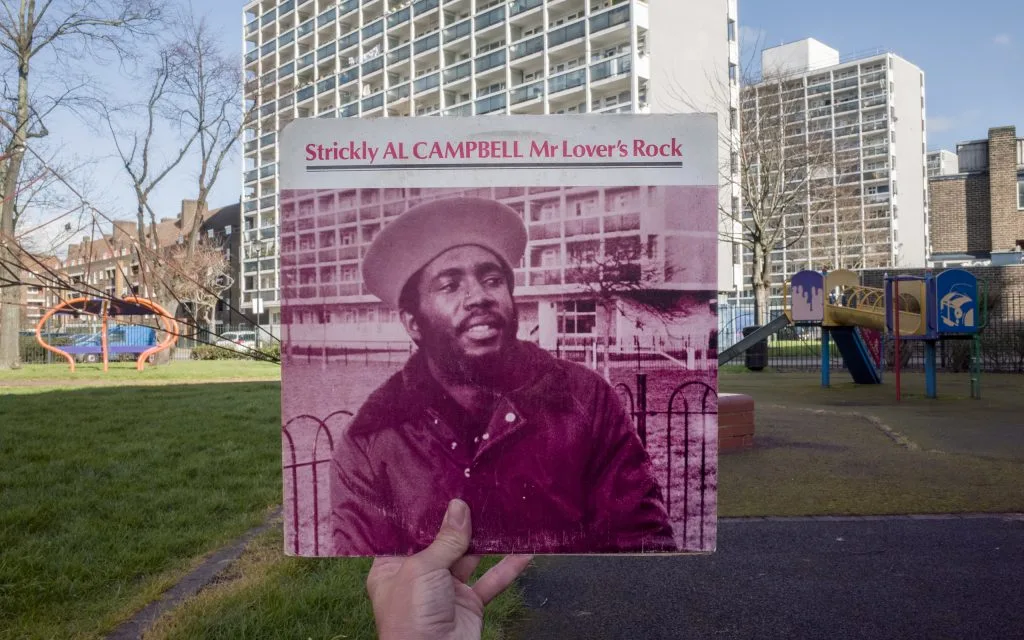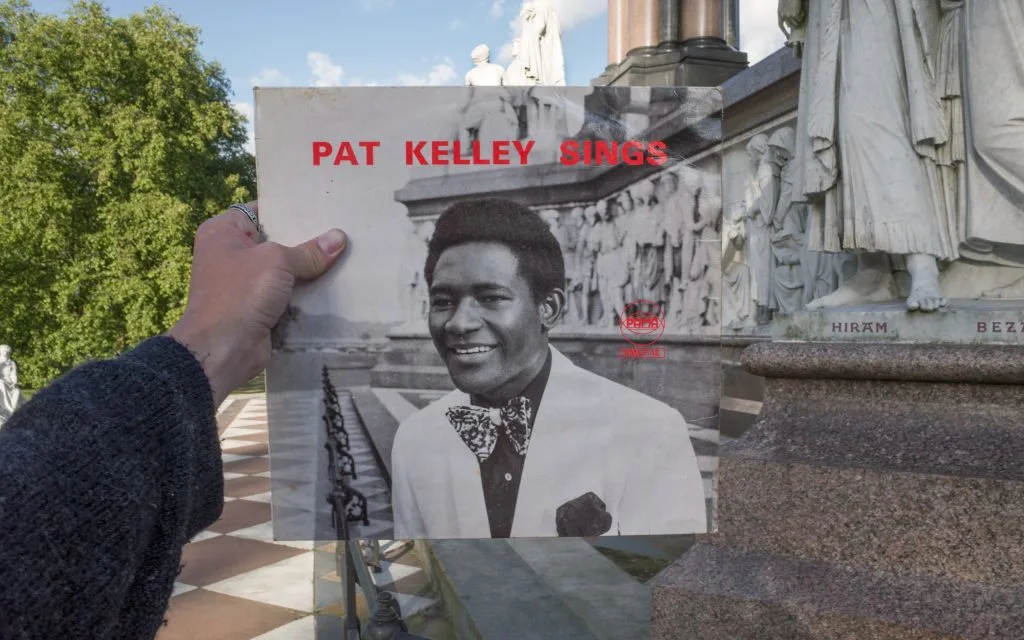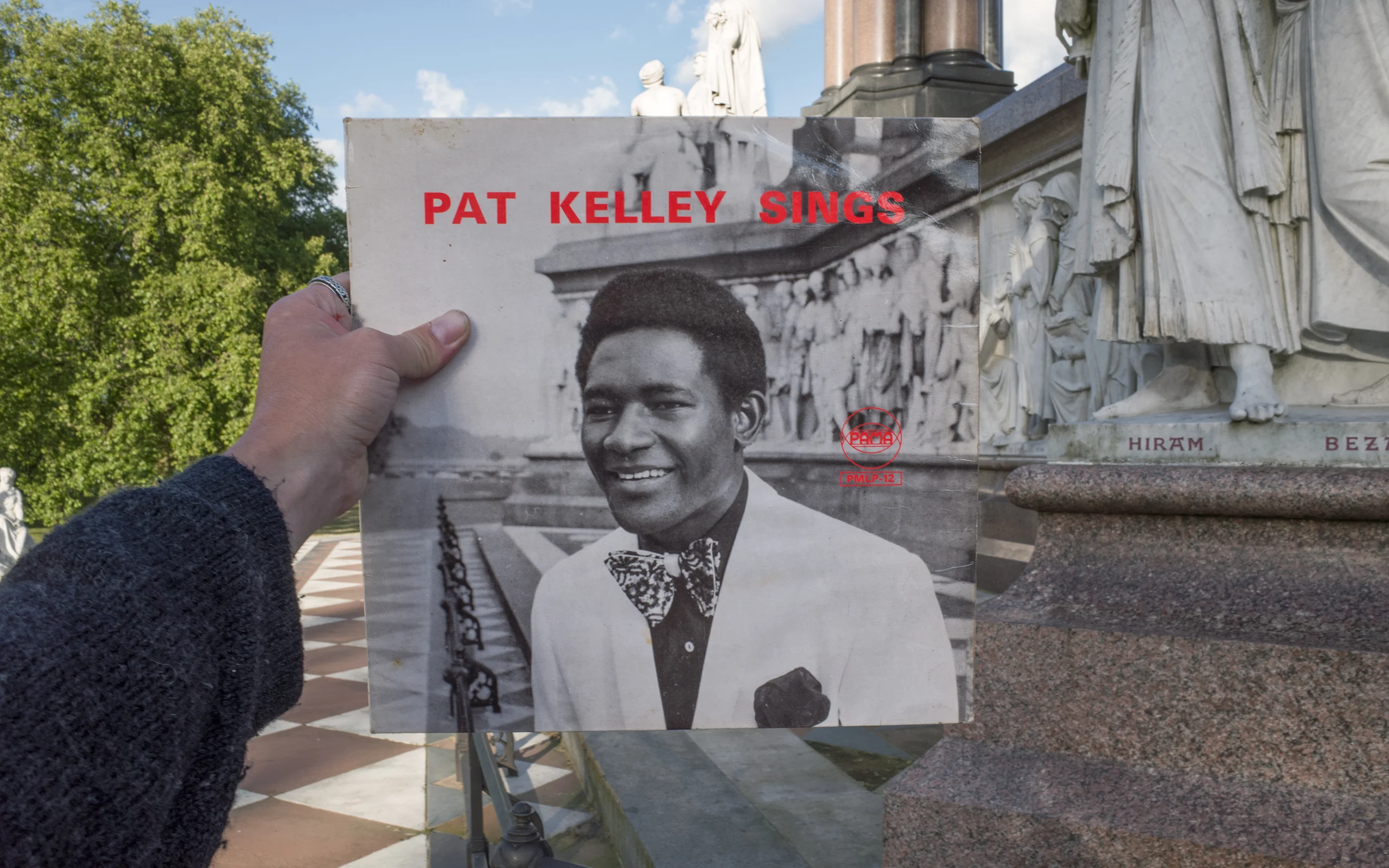
For its fourth season finale, the TV sitcom Friends decamped to London for a two-part special. The episodes crammed in almost every visual British cliche you can imagine – red buses, Royal guards and Union Jacks aplenty. This was London redux – a series of stereotypes strung together to create a pastiche of the capital.
In reality, London is a place of such variety that it’s impossible to distill it down in this way. Rather than capturing the London, artists can only ever capture a London. Photographer Alex Bartsch’s brilliant new series presents the city in a really unexpected way. Alex reshot 42 covers of reggae records released between 1967 and 1987, perfectly placed in their original London locales. In Covers, the city becomes the backdrop of London’s vibrant reggae scene.
It all began with the Brixton Cat LP by Joe’s All Stars. “I got into reggae in my teens and I started collecting records about 10 years ago,” Alex explains.
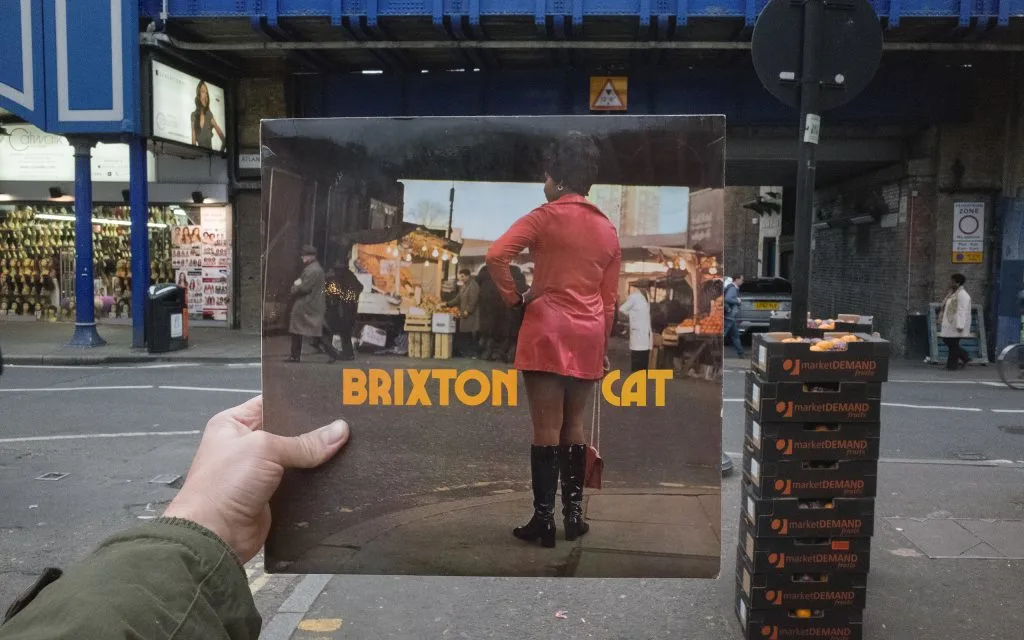
“I’m an artist and photographer, so I’m automatically drawn to the art on the covers. I actually bought the record that started this whole project in most part for the cover. It was Brixton Cat on Trojan Records, featuring a woman standing with her back to the camera on the corner of Atlantic Road and Electric Avenue. It’s just a great cover!”
Alex became fascinated with the idea of tracking down and photographing more of these classic covers in situ, but the idea wasn’t always that easy to execute. Some of the more challenging shots involved him scaling fences, clambering onto roofs and journeying to some of the city’s most out-of-the-way spots. Perhaps the strangest challenge came in the form of a very domestic setting.
“1000 Volts of Holt, where John Holt is sitting in front of a fireplace, was a funny adventure,” Alex remembers. “Earl Gateshead put me onto Laurence Cane-Honeysett who put me onto Tony Ashfield, who produced the album. He had been told by the disc cutter that the house used to belong to Marcel Rodd, who bought Trojan Records back in the day.
“I then managed to find an article written by someone who had a bizarre job interview in Rodd’s house, and in this article he mentions the address. So I went knocking on the door, and left a note explaining what I was doing. I got a phone call later that day and they agreed to let me in to re-photograph the cover in their front room.”
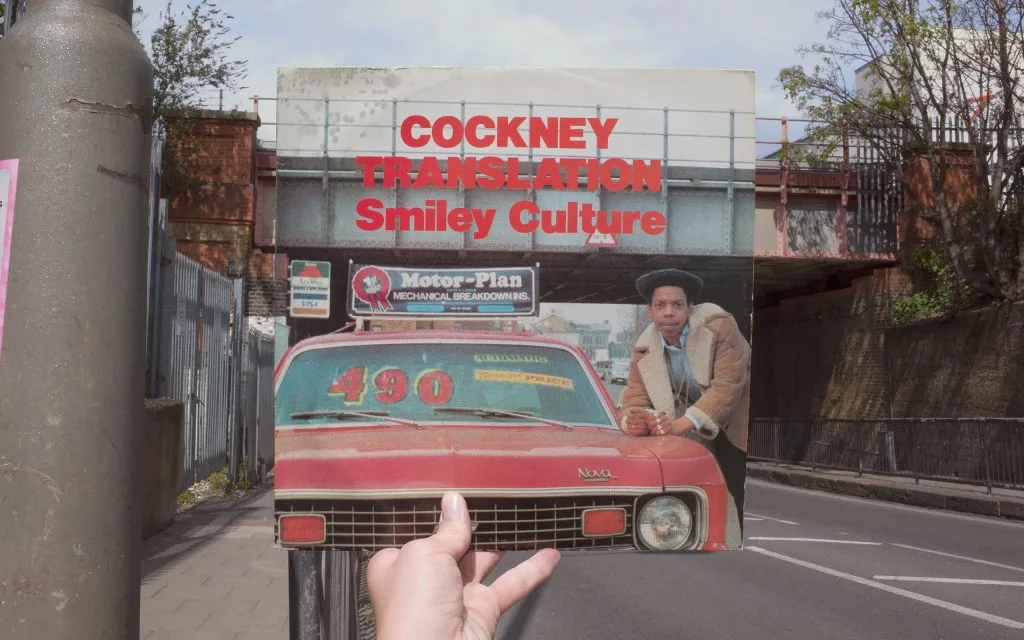
There have been similar projects before, with film scenes and historical pictures super-imposed onto their original locations. But thanks to the combination of unusual subject matter and Alex’s tenacity and attention-to-detail, Covers feels like a fresh take on this idea.
It also documents not only a lesser-known part of London’s cultural history, but parts of the city that most people won’t have heard of, let alone visited.
“It’s true that non-Londoners might never feel the need to go to Penge or Harlesden,” Alex says. “But all these places have connections – Harlesden and the surrounding area was definitely the centre for reggae in London.
“Many labels like Pama and Trojan operated from there, and so many covers were photographed in NW10. I would recommend people visit Harlesden rather than Buckingham Palace.”

